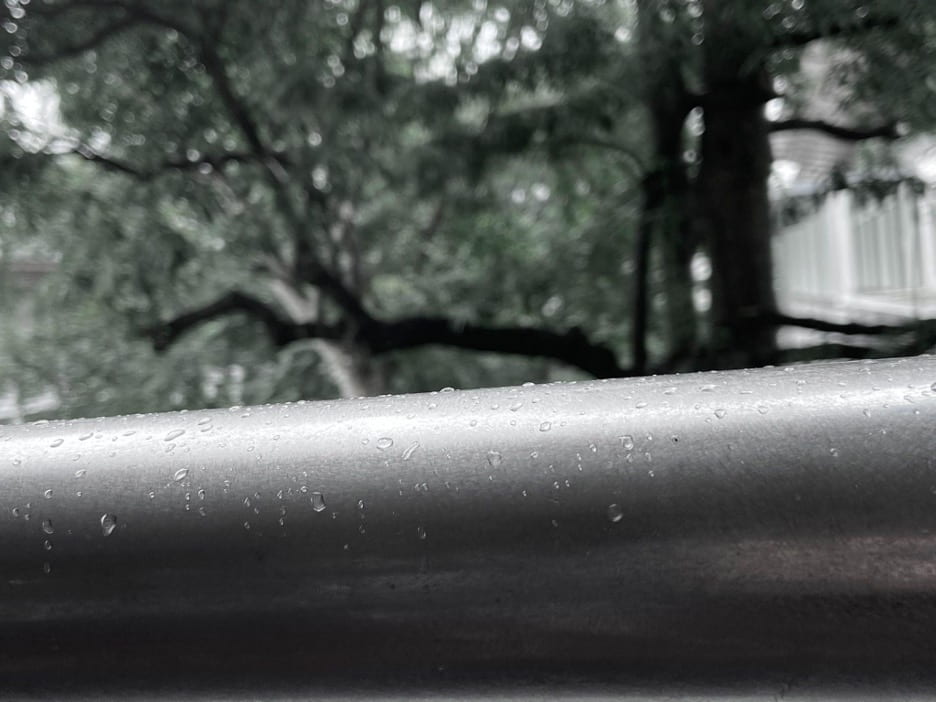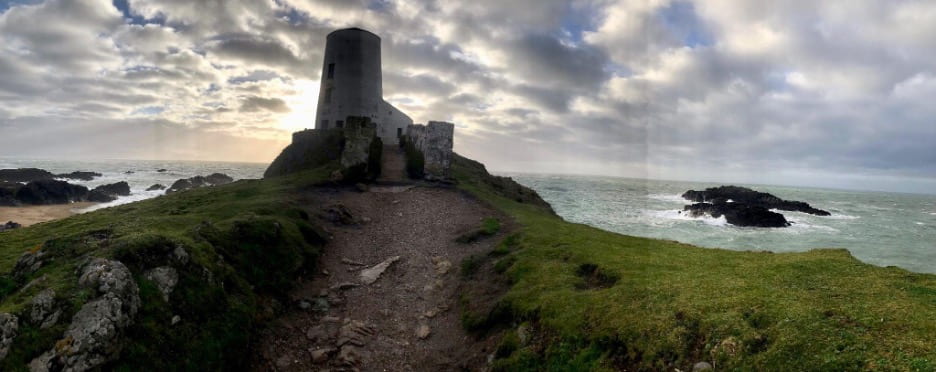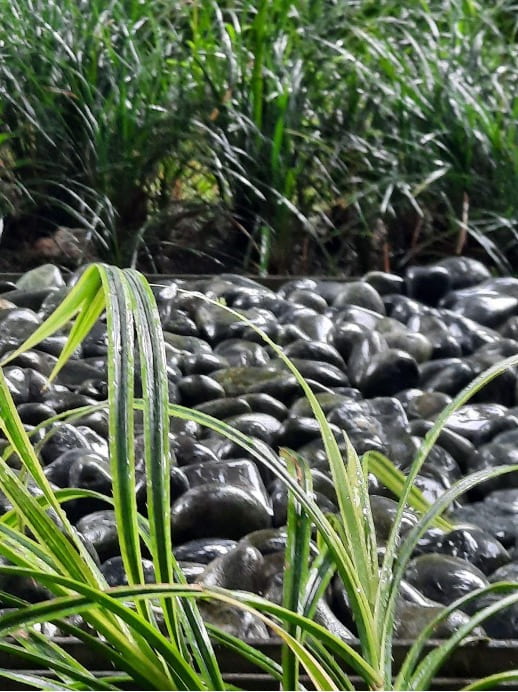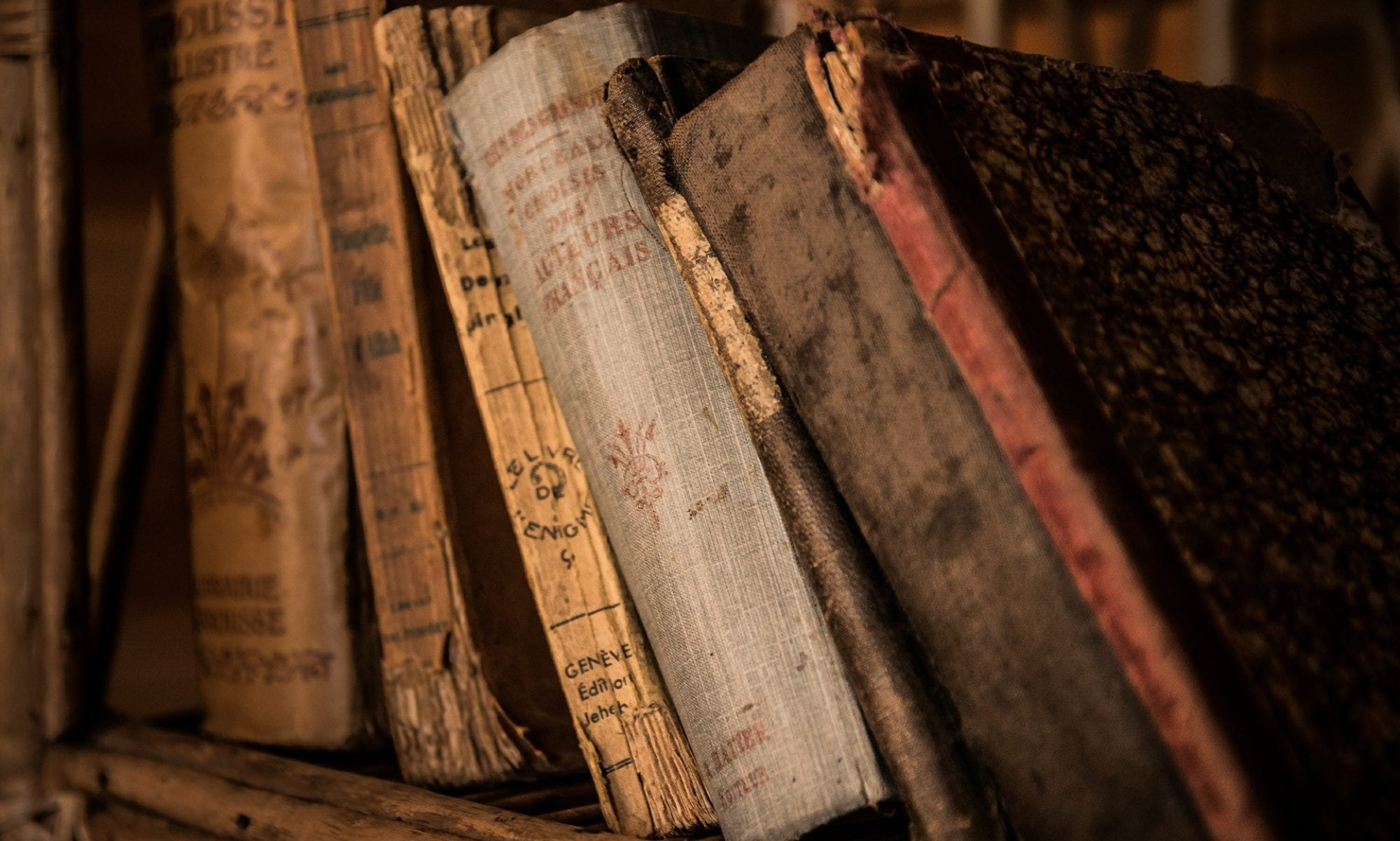COURSE INSTRUCTOR: DR. EMILY DALTON
COURSE DESCRIPTION
Animals, both real and imaginary, are ubiquitous in the art, literature, and material culture of medieval Europe, where they emerge as frequent objects of reflection on the nature of language, the ethics of violence, the organization of society, and the limits of what constitutes the human. This course will explore the medieval fascination with animals and the philosophical questions they raise. Drawing on the “animal turn” in contemporary cultural studies, we will investigate the complex and often ambiguous ways in which animals are represented in a range of genres, including bestiaries, fables, romance, and lyric.
In this course, we will engage in a close reading of several significant works of medieval literature, gaining insight into elements of the intellectual, philosophical, and visual culture of the European Middle Ages that have remained widely influential in Western thought. These works will enable us to explore complex questions about the nature of the human, about the way humanity manipulates the animal world in accordance with its own social imaginings, and about human responsibilities toward the non-human world. We will recognize the historical specificity of these literary encounters with animality, while at the same time considering how they speak to contemporary questions about environmental injustice and moral obligations toward non-human animals.
READING LIST HIGHLIGHTS
REFLECTIONS FOR THE SPRING 2023 CLASS
The first class of this course took place in the Spring Semester of the Academic Year 2022 / 2023 and saw some returning medievalists and many new ones as well, with a sizeable number of sophomores and a small handful of seniors and juniors. Many in the class came from very different backgrounds – history, environmental studies, social sciences, even life sciences.
Susan Crane’s Animal Encounters set the theoretical grounding for the course right from the start and foregrounded crucial questions that would be explored later – how did people in the Middle Ages draw the line between human and animal? Where does that line end and in what circumstances does it blur? How has that distinction changed over time, and what do these distinctions say, if anything, about the human and how we understand the world around us and ourselves in turn? The class’s encounter with these questions opened with an old Irish poem, “Pangur Bán”, read in two translations by Whitley Stokes & John Strachan and Seamus Heaney. In discussing which interpretation they preferred, the class was guided to appreciate how translations do not necessarily always prioritise preserving grammatical syntax, and while there may be meanings lost through such cases, fidelity to the original language could often also hinder their comprehension of the text. This was further complicated with a brief visual analysis of a manuscript illustration featuring cats (and mice) (Bodleian Library Bodley 764 folio 51r). The line between human and animal can be considered from a visual representational perspective and from a medium perspective as well – for many such poems and illustrations about animals are penned on manuscripts made of animal skins.
The course next took the class through the beautiful pages of medieval bestiaries and the prominent theological influences on medieval knowledge and perception of animals, most notably Adam’s naming of the animals and Noah’s Ark animal sanctuary from the Book of Genesis. Ideas of taxonomy and moral symbolism were noted to be particularly pronounced in these texts, and the class had a good time being both enthralled and amused by many of the bestiary entries about various animals, as well as their lack of distinction between real and imagined animals – they were often included side-by-side. Sometimes, accounts and illustrations of the real animals could seem even more absurd than the fantastical ones, especially for non-native creatures such as elephants, and it is likely that the scribes and artists would have never encountered these animals at all. Much of the bestiaries’ descriptions can thus seem like chimeras – products of both imagination and an accretion of what was known (or little known) about the animals in question.
A number of students in the class went on to produce their own bestiary entries to engage with and reflect on the features and concerns they understood as characteristic of the bestiary form. Below are some highlights:
The Medieval Kingfisher Bestiary

FOLIO II
“Whether Man encounters deer in a backyard, or within the peripheries of the Buddhist temples in Nara where they follow humans around, their silent gaze will reinforce Man’s awareness of being watched by the Heavens and of the consequences of his attempt to get away with whatever scheme he plans to do.”
~ TAMANE HARATA (’24)
FOLIO III
“The panda gives birth to twin pure black cubs and must paint them white. When the mother panda runs out of paint, she leaves them black and white. She is impatient and has no foresight. She disgracefully tries to become what she is not. For we are his workmanship, created in Christ Jesus for good works, which God prepared beforehand, that we should walk in them (Ephesians 2:10).”
~ JODY LIM (’25)


FOLIO IV
“We, the Pigeons of Singapore, pledge to be fully-fledged, unabashed citizens of this country. We are rightful occupants of all spaces under the sun, and there is no corner of this land that any pitiful human can crawl into to avoid us or seek refuge. We move in masses–a marvellous and colourful flurry of vibrant feathers–and by the hundreds, we gradually flock to, and overtake the very spaces people seek to exclude us from.“
~ RACHEL FONG (’25)
FOLIO VI
“The Sea Amphisbaena represents the anxious layman. He knows nothing but to ease his pain with drink, self-pity, and masturbation. Who can blame him?”
~ SUN WOO YOON (’23)

Moving into murkier zones of the human-animal boundary, the class began to focus on specific animals/creatures of particular interest in the medieval imagination. This included wolves (and werewolves) as well as birds and their song. Texts such as Marie de France’s “Bisclavret” examined how the idea of “humanness” seemed defined largely by external (courtly and chivalric) behaviour and name, and her Fables blur this boundary further with the use of anthropomorphised animals for moral instruction and social critique. The class also delved into Troubadour poetry and Chaucer’s many bird-inspired texts like Parliament of Fowls and “The Nun’s Priest’s Tale” (also known as “Chanticleer and the Fox”), where even the human language – which has been considered as a prime demonstration of the possession of reason that distinguishes human from animal – seems to mimic avian song, especially in poetry. The class reached an understanding that even without knowing the literal meaning of what is said or sung, whether by man or animal, there appears to still be some kind of meaning that transcends this barrier and is communicated on a purely sonic level.
It was on this note that the class began engaging with longer literary texts and Middle English translation exercises, ranging from Chaucer to Chrétien de Troyes’ Yvain, the Knight of the Lion, to Bevis of Hampton. Bevis of Hampton was regarded to be especially difficult by the class.
The turn to these chivalric tales invited discussion about the knights’ animal companions, who seem spiritually bonded with their masters with whom they move together as one. The prominent image of the knight as a figure of man and horse combined not only evokes interesting parallels with the mythical centaur, but also further unsettles that already fragile boundary between human and animal. The class noted how this understanding of the knight both contrasted with and echoed with the common trope of the Wild Man (in Yvain) or the titular Green Knight in Sir Gawain and the Green Knight. During a creative activity, the class took to the whiteboards and visualised the Herdsman from Yvain, yielding many rather grotesque and amusing drawings that reflected perhaps some of the absurdity behind these descriptions in the text:



“I saw sitting upon a stump, with a great club in his hand, a rustic lout, as black as a mulberry, indescribably big and hideous; indeed, so passing ugly was the creature that no word of mouth could do him justice. On drawing near to this fellow, I saw that his head was bigger than that of a horse or of any other beast; that his hair was in tufts, leaving his forehead bare for a width of more than two spans; that his ears were big and mossy, just like those of an elephant; his eyebrows were heavy and his face was flat; his eyes were those of an owl, and his nose was like a cat’s; his jowls were split like a wolf, and his teeth were sharp and yellow like a wild boar’s; his beard was black and his whiskers twisted; his chin merged into his chest and his backbone was long, but twisted and hunched. There he stood, leaning upon his club and accoutred in a strange garb, consisting not of cotton or wool, but rather of the hides recently flayed from two bulls or two beeves: these he wore hanging from his neck.”
Chrétien De Troyes, Yvain, 288–2931.
There was certainly no shortage of such opportunities to visualise these texts over the course, and Sir Gawain remains – for both new and returning medievalists here in the college alike – one of the most intriguing and vivid poems that lends itself to discussions and reimagination across many different themes and concerns. To visualise the sense of place and the rich world portrayed in this text, as well as its attempts to mark out human and non-human temporalities, the course expanded beyond the classroom one afternoon late in the semester. Photographs were taken of spaces or occurrences that the class felt resonated with certain lines which they had read:

505-508:
“Then the world’s weather wages war on winter:
cold shrinks earthwards and the clouds climb;
sun-warmed, shimmering rain comes showering
onto meadows and fields where flowers unfurl;”

529-531:
“And yesterday on yesterday the year dies away,
and winter returns, as is the way of the world
through time.”

767-772:
“The most commanding castle a knight ever kept,
positioned in a site of sweeping parkland
with a palisade of pikes pitched in the earth
in the midst of tall trees for two miles or more.
He stopped and stared at one side of that stronghold
as it sparkled and shone within shimmering oaks,”








The class observed how the medieval perception of animals and humans had gradually shifted across centuries of unrest and death – especially with the Crusades, which underpinned some of the aforementioned texts – from one leaning towards clear separation and hierarchy to one more inclined towards co-existence, co-habitation, and kinship. In particular, Gerald of Wales’ writings on Wales and Ireland, as well as Thomas of Celano’s writings on St. Francis were discussed. A keen curiosity and love for the natural world, the extension of grace to non-human life, and a seemingly intuitive, affective means of communicating with animals both in the real world and in texts, such that they are no mere metaphors but beings with their own subjectivity… the class closed with ruminations about how it is together with animals that humans may better know themselves and the world they live in, and these animals deserve as much kindness as we would show other fellow human beings.
RESPONSES
Aside from the aforementioned bestiary entries, the class also produced many other creative projects over the semester in response to one or more texts that they had encountered, as well as the broader theoretical and thematic concerns discussed during the course:
FOOTNOTES
1 https://www.gutenberg.org/files/831/831-h/831-h.htm#link2H_4_0005
IMAGE CREDITS
[Featured Image] https://www.bl.uk/catalogues/illuminatedmanuscripts/ILLUMIN.ASP?Size=mid&IllID=56969
CONTRIBUTED BY DR. EMILY DALTON & TOH HONG JIN (’23)

